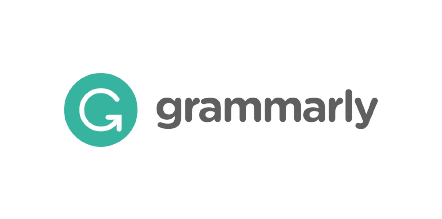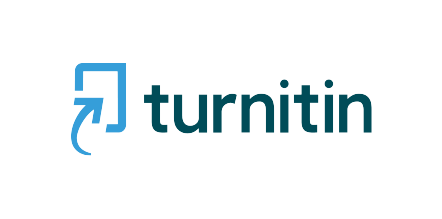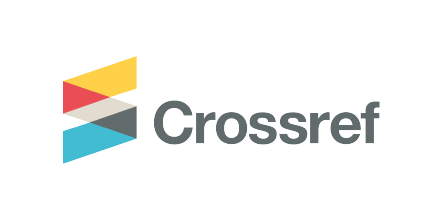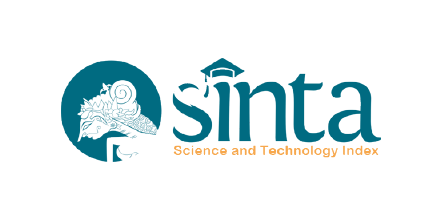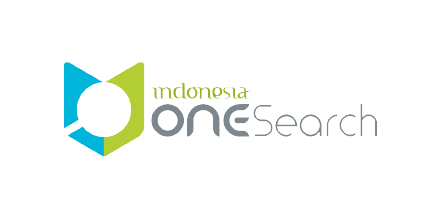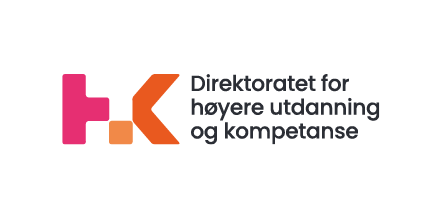Designing an Accessibility Portal for a Higher Education Institution
DOI:
https://doi.org/10.21776/ub.ijds.2022.009.02.05Keywords:
Design Thinking, Prototype, Inclusive Education, AccessibilityAbstract
Education has a vital role in improving one's quality of life. Therefore, education should be inclusive or can be easily accessed by anyone without exception. Brawijaya University is one of the universities that incorporates an inclusive campus program into its policies. All facilities and infrastructure in Brawijaya University should be accessible to benefit the entire academic community of Brawijaya University. But in reality, the facilities at Brawijaya University are still not fully accessible. One thing that needs to be developed to support the creation of an accessible environment is the existence of an online portal that can be a source of information and education for anyone related to disability and accessibility. Using the Design Thinking method, the author researches the Design of an Accessibility Portal for Brawijaya University. This study aims to propose a design solution related to the problems above. This research in the process involves stakeholders (PLD website manager). From this research, the author produced a solution design in the form of a high-fidelity prototype which was then tested using the Single Ease Question method. The solution design gets an effectiveness rate of 98% and an average ease value of 6.51 points from each given task scenario. This test concludes that the solution design has succeeded in providing a solution and is relatively easy to implement on the PLD website.
References
Fahdrerazi, V. K., Aknuranda, I., & Az-Zahra, H. M. (2020). “EVALUASI APLIKASI SILSILAH KELUARGA FAMILYSEARCH DENGAN PENGUJIAN USABILITY”. 4(7).
Gilbert, R. M. (2019). Inclusive Design for a Digital World: Designing with Accessibility in Mind. In Inclusive Design for a Digital World. Apress. https://doi.org/10.1007/978-1-4842-5016-7
Kelley, D., & Brown, T. (2018). An introduction to Design Thinking. Institute of Design at Stanford, 6. https://dschool-old.stanford.edu/sandbox/groups/designresources/wiki/36873/attachments/74b3d/ModeGuideBOOTCAMP2010L.pdf
Pemerintah Indonesia. (2016). Undang-Undang No. 8 Tahun 2016 tentang Penyandang Disabilitas. Jakarta.
Pemerintah Indonesia (2020). Peraturan Pemerintah (PP) Nomor 13 Tahun 2020 tentang Akomodasi yang Layak untuk Peserta Didik Penyandang Disabilitas. Jakarta.
Sari, I. P. (2020). Implementasi Metode Pendekatan Design Thinking dalam Pembuatan Aplikasi Happy Class di Kampus UPI Cibiru. Jurnal Pendidikan Multimedia, 2(1), pp. 44.66.
Sauro, J., and Lewis, J. R. (2016). Quantifying the User Experience Practical Statistics for User Research. (Vol. 38, Issue 1). Cambridge, US: Elsevier Science.
Zheng, R. (2021). “Learn to Create Accessible Websites with the Principles of Universal Design”, https://www.interaction-design.org/literature/article/learn-to-create-accessible-websites-with-the-principles-of-universal-design, accessed at Monday, October, 10th 2022, 17.00 WIB.
Published
How to Cite
Issue
Section
Categories
License
Copyright (c) 2022 Shafa Anindya Nur Allifya, Ismiarta Aknuranda, Lutfi Amiruddin

This work is licensed under a Creative Commons Attribution-NonCommercial 4.0 International License.







